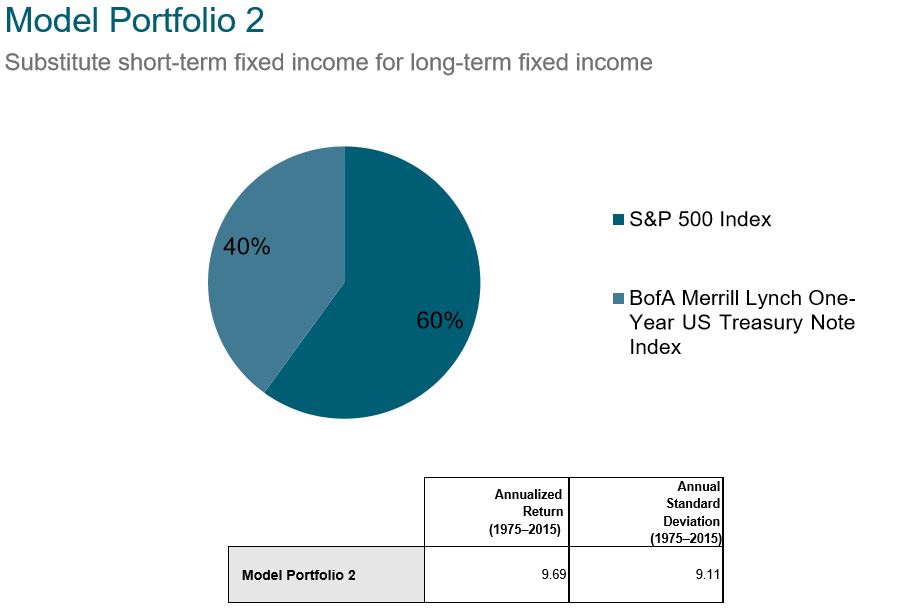


Issued by State Street Global Advisors, Australia Services Limited (AFSL Number 274900, ABN 16 108 671 441) ("SSGA, ASL" or "State Street Global Advisors, ASL"). Generally this structure is offered under an unregistered scheme with high minimum investment requirements, therefore wholesale investors are the typical investor. IMAĪn IMA is a model portfolio tailored to a specific client’s needs, therefore the portfolio is managed at a client level. This one view can support efficient management of a client’s portfolio. Seen as a reporting solution for Advisers, a UMA is reliant upon data feeds and client authorisation to receive all client investment holding data. UMAĪ UMA is an integrated view of an account that includes multiple investments such as equities, cash, SMAs, ETFs, managed funds and term deposits. Advisers can also use a third party’s MDA licence not related to the dealer group, whereby the third party retains all risk in relation to the MDA. Unlike an SMA, an MDA is classed as a service agreement rather than a financial product, with the planner authorised to provide both advice and discretionary investment management within parameters agreed to by the client.Īn MDA licence can be attached to the dealer group’s licence. MDA refers to a contractual relationship between an Adviser and client where the Adviser obtains continuous discretion to manage and implement client portfolios. The product issuer is legally responsible for the trading, custody, and account level administration. It is a non-unitised managed investment scheme governed by a constitution and offered under a product disclosure statement. In simple terms, an SMA is a financial product consisting of underlying financial investments. Variations include separately managed accounts (SMAs), managed discretionary accounts (MDAs), unified managed accounts (UMAs) and the more bespoke individually managed accounts (IMAs). Managed accounts can be implemented in different structures, creating flexibility for the model portfolio users. Managed accounts is the general term that refers to the type of product or service where the underlying securities can be attributed to the end investor. Vigrass said assets custodied by advisers now amount to about 75% of the firm’s total.Typically, Australian investors access model portfolios via managed accounts. The firm formalized its institutional business about seven years ago. was founded as an online discount broker in 1999 by Steven Wallman, a former commissioner at the Securities and Exchange Commission. Vigrass said the strategies used by Folio advisers run the gamut, from traditional equity allocations to quant models, aggressive tactical models and income-producing strategies.įolio doesn’t disclose the assets it custodies, but the amount is in the “multibillions,” Mr. On the flip side, many advisers “were looking to use a subadviser or looking to outsource to other entities,” he said, so the exchange “seemed like a natural fit.” Many advisers who custody assets at Folio were already doing subadvisory work for other advisers, said Greg Vigrass, Folio Institutional’s president. “We expect that number to swell now that we’ve had the public announcement,” Mr. The firm doesn’t disclose assets run under the models, but Folio spokesman Mark Bagley said 45 to 50 advisory firms have signed up to use portfolios run by other advisers since August, when the firm did a soft launch of the exchange.
#FOLIO INSTITUTIONAL MODEL PORTFOLIO FREE#
The Model Manager Exchange, publicly announced this week, has an initial group of 150 model portfolios from 35 financial professionals.įolio initially is offering the exchange as a free service for all its 375 registered investment advisers, as well as the dozen broker-dealers who use its platform.

Folio Institutional has rolled out a service that allows its RIA clients to tap into model portfolios run by other advisers who custody at the firm.


 0 kommentar(er)
0 kommentar(er)
